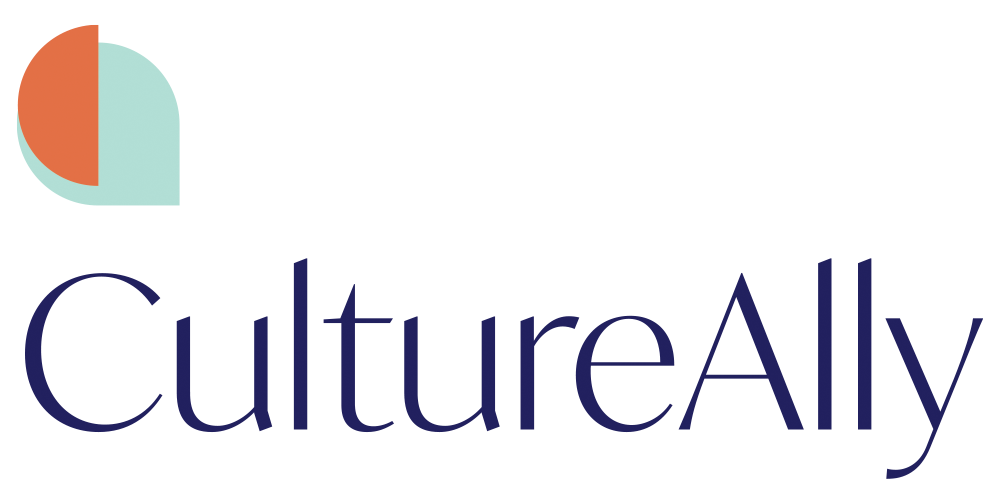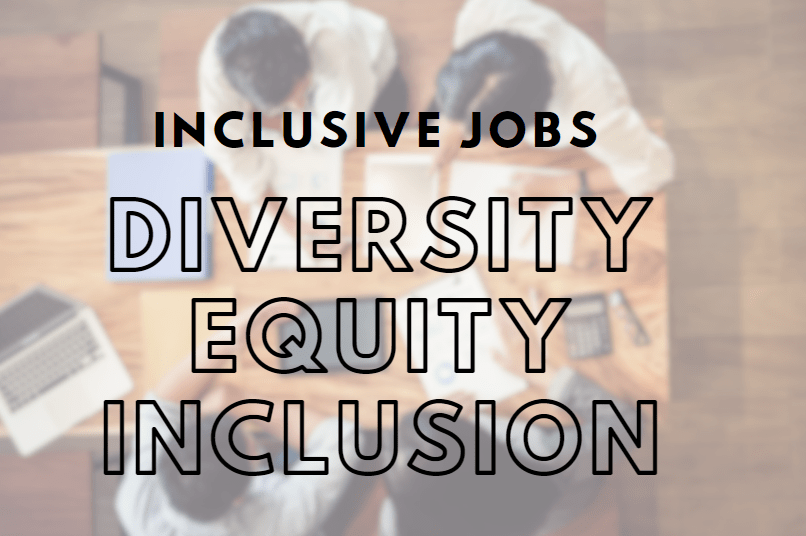How to Complete a DEI Audit of a Job Posting
Organizations of all types and sizes often stop and ask themselves why their current workforce is not more diverse. It is human nature to build relationships with people and environments that are familiar. And yet, the lack of diversity limits us. We are born to thrive on change, ideas and innovation; not status quo and rigid thinking.
Some organizations rationalize that there just isn’t a sufficient pool of diverse candidates and move on.
Other organizations stop and ask themselves what they can do to to further attract under represented groups to their company.
For the organizations that challenge themselves and dive deeper, we’ve provided an overview of how we structure our DEI job posting audits.
What is a DEI Audit of a Job Posting?
A DEI audit of a job posting is the assessment of an existing job description through the lens of an organization’s commitment to diversity, equity and inclusion (DEI).
When job descriptions are created, they often fail to take into account the bias in the language that is incorporated into the posting.
DEI audits are conducted to support the use of inclusive language in order to be able attract a more diverse group of candidates.
Importance of Inclusive Language in Job Descriptions
Using inclusive language in job descriptions is crucial for fostering diversity, equity, and inclusion in the workplace. By using inclusive language, organizations show that they value and respect individuals from all backgrounds.
It helps attract a diverse range of candidates, providing equal opportunities for people of different genders, races, ethnicities, religions, and abilities to apply. Inclusive language also reduces biases and encourages underrepresented groups to see themselves as a fit for the role, promoting a sense of belonging.
Proactive organizations rely on DEI Consultants to regularly audit their job descriptions.
HR Leaders know that inclusive job descriptions contribute to a more diverse and inclusive workforce, fostering innovation, creativity, and productivity within the organization.
Example of How DEI Audits Improve Job Descriptions
If we think about two people, Luke and Aamer.
Luke is a white man, who grew up in a poor family and could not afford to go to University, but has self taught software development experience.
Aamer is an Indian man with a software development degree from a top tier university.
Both of these men carry at least one marginalized identity, Luke from a lower income experience and Aamer as a person of color.
The goal of an organization when hiring is to hire the best possible talent. In a DEI audit the outcome for all marginalized identities might look the same – barriers based on identities are removed and the best talent is hired.
But Luke’s is considered marginalized by a socio-economic system of oppression, whereas Aamer’s by a racial system of oppression. While the outcomes look the same, the solution to equitable practices look different.
Removing university degree requirements for roles could support in removing barriers for Luke, but not for Aamer. In Aamer’s situation ensuring a blind resume review is a better approach to removing barriers for him.
Diversity is an important aspect of a DEI audit in understanding who we are trying to remove barriers for, since the solutions do not all look the same.
There are three main areas we encourage organizations to look at when identifying which marginalized identities to focus on.
Those include:
Understanding the makeup of your current organization and what identity/experience gaps exist
Understanding the identities/experiences of the communities and locations you hire from to be able to set realistic expectations of what a workplace without barriers to equity would look like.
Understanding who your target client is for your business and ensuring those identities/experiences are included in your organizational makeup.
This last bullet is especially important, because businesses don’t always serve all identities in a population proportionally.
For example, Nike’s DEI goals include Nike, Inc. is working to build a more diverse, inclusive team that reflects the athletes and communities where we live, work and play. Meaning that Nike recognizes that the athletes they represent and work with are at high proportions racial and ethnic minorities compared to the general public.
Ultimately, the diversity pillar of a DEI audit recognizes what those identities you want to focus on for your organization look like, understands the barriers those identities face to equity and inclusion and approaches the process through that lens.
This guide provides an overview of removing barriers in job postings for all historically marginalized identities.
Focusing on Marginalized Groups in Job Postings
Marginalized identity refers to the characteristics of groups of people that have historically been disproportionately subject to discrimination, harassment or other negative treatment as a result of their identity.
Marginalized identities can change based on the location and historical context. This particular viewpoint is an example of the perspective within USA and Canada.
DEI Job Audits THROUGH A DIVERSITY LENS
We understand that in DEI we are looking at the different barriers identities face entering or in the workplace.
In a DEI strategy, a company may choose a specific demographic to target with their job posting or they may be looking to follow best practices to create an inclusive job posting to all.
The Dimensions of DEI Wheel shows examples of different groups of identities and experiences we may consider in an audit.
Ultimately look for different identities regardless of the intention because not all identities, specifically marginalized identities face the same barriers to equity and inclusion in employment.
DEI Job Audits THROUGH AN EQUITY LENS
Equity means recognizing that we do not all start from the same place and must acknowledge and make adjustments to imbalances. This is sometimes confused with equality, which refers to everyone being treated equally.
In theory, equality would be great, but we know in our society we all hold different identities that enable or disable privilege, and not everyone has equal opportunity. This is why we prioritize equity.
We are recognizing that we need to put systems and processes in place to mitigate barriers to opportunity, sometimes systems that have more of an impact on certain identities. Equity is about creating equal access to opportunities.
When reviewing job postings through an equity lens, we want to approach it through the lens of marginalized identities of focus. We use the following framework of questions in our audit:
What decisions and systems are we establishing in the job posting?
I.e. Education requirements, years of experience, timelines, location, etc.
Do these disproportionately impact marginalized identities? (See examples in section Equitable and Inclusive Job Posting Best Practices)
If yes, can we mitigate this by taking another approach?
Does this job posting perpetuate or help to dismantle historical barriers to marginalized identities?
Are there hidden biases in this job posting?
DEI Job Audits THROUGH AN INCLUSION LENS
When we look through an inclusive lens we are looking at creating a space where applicants/candidates feel like they belong. Inclusion does not happen naturally, it is intentional.
When reviewing policies through an inclusion lens, we look at:
Using inclusive language
Being transparent about a company’s commitment to diversity
Creating a welcoming environment for everyone to apply, not just accessible to everyone, but going above and beyond to be welcoming.
Look for transparency and openness in general. This is important because it is an applicant’s first impression of a company. DEI efforts are not effective unless trust is built at the beginning.
CHECKLIST for WRITING AN INCLUSIVE JOB POSTING
These are the criteria we want to consider when reviewing through the lens of EDI. When writing a job post go through this list to ensure you have all the elements of an inclusive job posting:
Is there gender neutral language? (using they/them instead of he/she)
Are all job requirements absolutely necessary? (i.e. education, years of experience?)
Are clear job competencies skills outlined and tasks instead of subjective descriptions?
Are all acronyms defined?
Does the posting follow the job posting template?
INCLUDE:
Pay range
Benefits details
Interview process and expected dates
Remote work details
Flexible hours details
Details on how to apply





